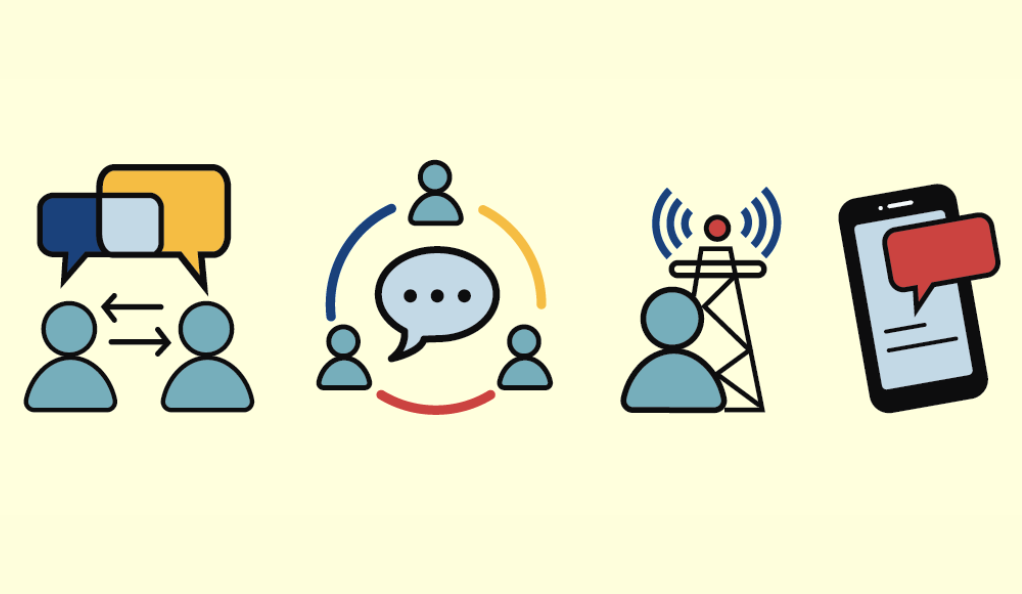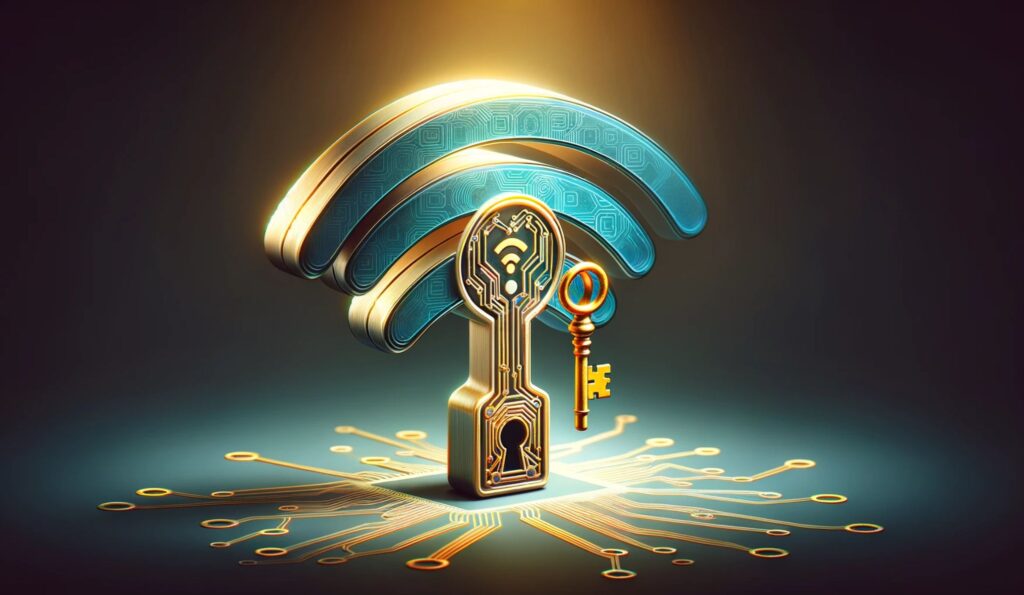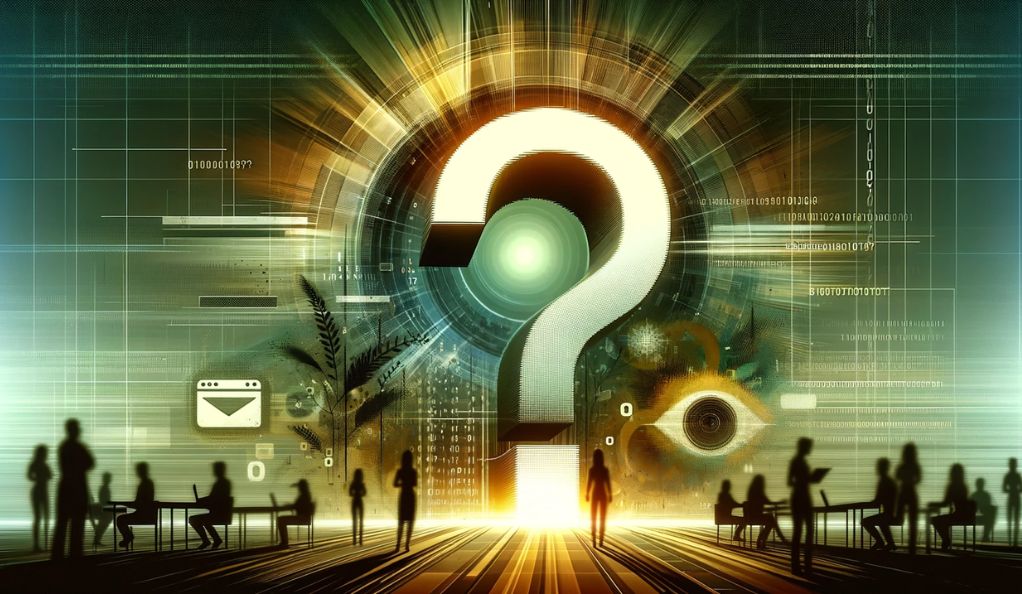Communication, often described as the act of transferring information from one place, person, or group to another, has been the cornerstone of human civilization. Its evolution is a testament to our species’ innate desire to connect, share, and understand one another. From primitive cave paintings to the sophisticated digital platforms of today, the journey of communication is both fascinating and crucial to comprehend.
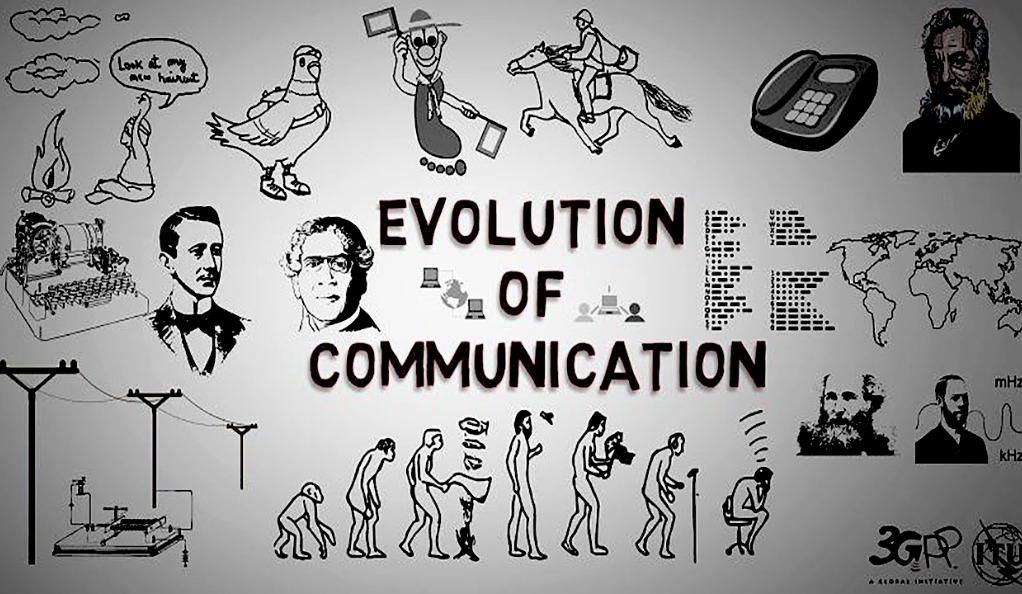
The Dawn of Communication
Before the advent of the written word, early humans depended on cave paintings and symbols as their primary means of communication. These primitive forms, discovered in caves across the globe, served multiple purposes—from narrating stories and marking territories to conveying intricate messages. Such ancient art provides a window into the lives, beliefs, and values of our prehistoric ancestors. As these societies evolved and expanded, so did their modes of communication. The increasing complexity of their interactions led to the emergence of oral traditions. These traditions, deeply embedded in the fabric of these growing communities, became the cornerstone for preserving their history, culture, and collective wisdom. It was through the spoken word that elders imparted stories, lessons, and cherished values, ensuring that they were passed down to the younger generations, keeping the essence of their culture alive and vibrant.
The Written Word Emerges
Ancient Scripts: The invention of writing systems, such as the cuneiform in Mesopotamia and hieroglyphics in Egypt, marked a significant leap in communication. These scripts allowed for the recording of history, trade, laws, and more.
Papyrus and Scrolls: The Egyptians began using papyrus as a writing surface, leading to the creation of scrolls. This innovation made it easier to store, transport, and disseminate information.
The Age of Print
In the 15th century, a monumental shift in the dissemination of knowledge occurred with Johannes Gutenberg’s invention of the printing press. This groundbreaking machine transformed the landscape of learning and information sharing. Prior to its invention, books were laboriously hand-copied, making them rare and expensive commodities. However, with the advent of the Gutenberg Press, books became more readily available and financially accessible to a broader audience. This democratization of knowledge catalyzed an unprecedented spread of ideas, setting the stage for monumental periods in history such as the Renaissance and the Scientific Revolution. The ripple effects of Gutenberg’s invention reshaped culture, science, and society, underscoring the profound impact of technological advancements on human progress.
The Electronic Era
Telegraph and Telephone: The 19th century introduced electronic communication. The telegraph allowed messages to be sent over long distances in mere minutes. This was soon followed by Alexander Graham Bell’s invention of the telephone, further shrinking the world.
Radio and Television: The 20th century brought forth the age of broadcast media. Radio and television became primary sources of news, entertainment, and education, reaching audiences on an unprecedented scale.
The Digital Revolution
- Internet and Email: The late 20th century ushered in the digital age. The advent of the internet and email transformed how we share and consume information. Communication became instantaneous, breaking down geographical barriers.
- Social Media: Platforms like Facebook, Twitter, and Instagram redefined personal and professional communication, making it more interactive and real-time.
Comparison Table: Evolution of Communication
| Era | Primary Mode of Communication | Key Innovations |
|---|---|---|
| Prehistoric | Cave Paintings & Symbols | – |
| Ancient Civilizations | Oral Traditions & Scripts | Papyrus, Scrolls |
| Age of Print | Books & Newspapers | Gutenberg Press |
| Electronic Era | Telegraph & Telephone | Radio, Television |
| Digital Age | Internet & Email | Social Media, Instant Messaging |
The Age of Letters
The art of letter writing, often romanticized in modern times, was once the primary means of long-distance communication. This age, marked by the meticulous penning of words on parchment, paper, or other materials, played a pivotal role in shaping societies, cultures, and empires. The Age of Letters was not just about personal correspondences; it was about power, diplomacy, trade, and the spread of ideas.
The Significance of Letters in Ancient Civilizations
- Sacred Scripts and Royal Decrees: In ancient civilizations, the ability to write and read was often reserved for the elite, making letters a symbol of status and authority. Egyptian pharaohs, Mesopotamian kings, and Roman emperors used letters to issue decrees, make proclamations, and communicate with other rulers.
- Trade and Commerce: Letters were indispensable for traders and merchants. They facilitated trade agreements, confirmed transactions, and helped in the exchange of goods across vast territories, from the Silk Road in Asia to the Mediterranean trade routes.
- Personal Correspondences: While many letters had official purposes, personal correspondences were equally significant. They offer a window into the daily lives, emotions, and relationships of individuals from various strata of society. Love letters, familial updates, and friendly exchanges painted a vivid picture of ancient social dynamics.
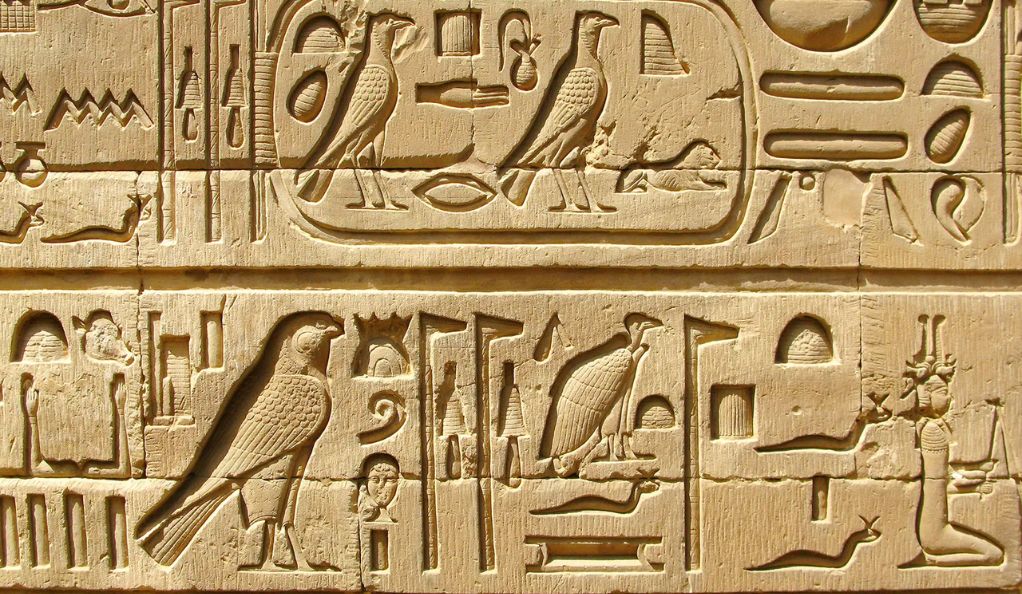
Bridging Distances and Connecting Empires
In the annals of history, letters have served as powerful tools, shaping diplomacy, religion, culture, and more. Diplomatic missives, for instance, were pivotal in the realm of international relations. Monarchs and diplomats frequently exchanged letters, not just as mere correspondence, but as instruments to forge alliances, broker treaties, and resolve disputes. These letters, often accompanied by gifts, became symbolic gestures that cemented relationships between nations. Similarly, the realm of religion and philosophy was profoundly influenced by the written word. Figures like the apostle Paul, through his epistles in the New Testament, and philosophers such as Voltaire and Rousseau, utilized letters to disseminate teachings, address their followers, and engage in rich intellectual discourse. Their writings stand as a testament to the profound impact of the written word on shaping ideologies and beliefs. Recognizing the importance of letters, ancient civilizations established intricate postal systems to expedite their delivery. Notable among these were the Persian Empire’s “Angarium” and the Roman “Cursus Publicus”—both sophisticated networks of relay stations and couriers designed to ensure messages reached their destinations swiftly, even across vast expanses. Beyond the practical and philosophical, letters also played a pivotal role in bridging cultures. They facilitated the exchange of ideas among scholars, artists, and intellectuals, leading to a rich cross-pollination of art, science, and literature. A prime illustration of this cultural fusion is the exchange of letters between the Tang Dynasty of China and the Abbasid Caliphate in the Middle East, showcasing the timeless power of written communication in connecting and enriching civilizations.
The Advent of Electronic Communication
The transition from written letters to electronic communication marked a revolutionary shift in the way humans connected. This era, characterized by the buzz of telegraph machines and the ring of telephones, transformed not only personal interactions but also the very fabric of global commerce, politics, and society. The speed and efficiency introduced by electronic communication reshaped the world in ways previously unimaginable.

The Rise of the Telegraph
The Birth of Morse Code: In the 1830s and 1840s, Samuel Morse and Alfred Vail developed the Morse code – a system of dots and dashes representing letters and numbers. This code became the language of the telegraph, allowing for swift transmission of messages over long distances.
Connecting Continents: The laying of the transatlantic telegraph cable in 1866 was a monumental achievement. For the first time, messages could be sent across the Atlantic Ocean in mere minutes, as opposed to the weeks it took for letters to be transported by ship.
The Telegraph in War and Peace: The telegraph played a crucial role in military strategy and operations. Commanders could coordinate troop movements and receive real-time updates from the battlefield. Additionally, it facilitated diplomatic communications, helping prevent potential conflicts and misunderstandings.
The Emergence of the Telephone
In 1876, a groundbreaking innovation emerged that would forever alter the landscape of communication: the telephone. Alexander Graham Bell, its inventor, unveiled a device capable of transmitting voice through electrical wires, a feat previously deemed impossible. This wasn’t just a technological marvel; it was a transformation in human connection. The telephone introduced an intimacy to long-distance communication, enabling individuals to not only exchange words but also to discern the emotions and subtle inflections in each other’s voices, making conversations more personal and heartfelt. This revolutionary invention rapidly gained traction, and by the dawn of the 20th century, its influence was ubiquitous. Telephone lines began to weave intricate networks across the globe, spanning vast continents and linking bustling cities, quaint towns, and even the most isolated of villages. The once novel device soon became an indispensable fixture in households, reshaping both personal conversations and professional engagements. The telephone’s advent marked a new chapter in the annals of communication, bridging distances and bringing voices closer than ever before.
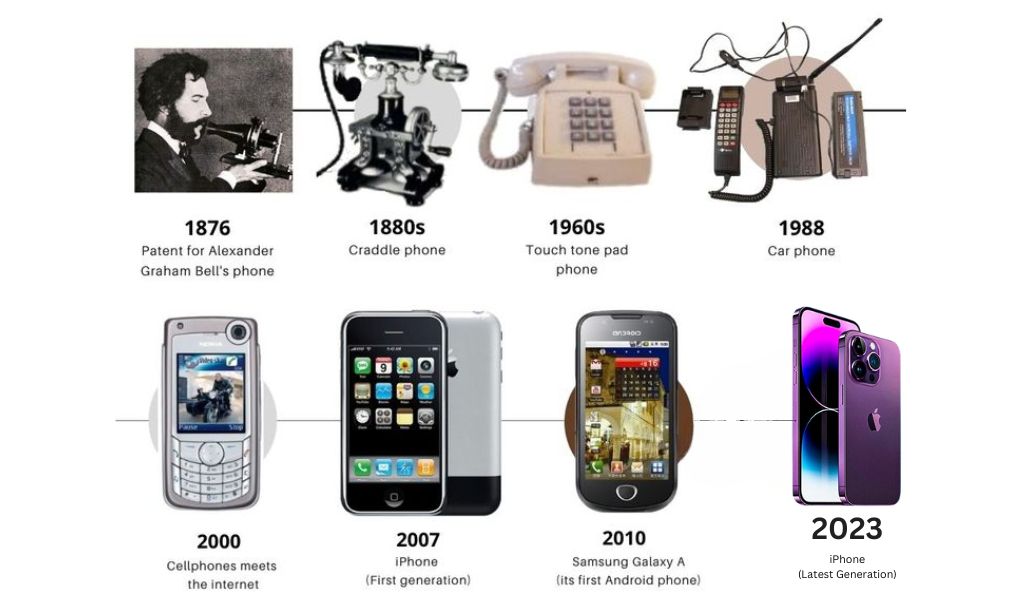
Impact on Global Communication and Business
- Instantaneous News and Information: With the telegraph and telephone, news could travel at unprecedented speeds. Financial markets, political landscapes, and public opinion could shift within hours based on the latest updates.
- Boost to Global Trade: Businesses could negotiate deals, confirm orders, and address concerns in real-time. This efficiency led to the rapid expansion of global trade, as markets became more interconnected and accessible.
- Cultural Exchange: Faster communication facilitated cultural exchanges. Music, films, and art could be promoted and discussed across borders, leading to a global melting pot of ideas and creativity.
- Challenges and Concerns: While the benefits were manifold, the advent of electronic communication also brought challenges. Privacy concerns, the potential for misinformation, and the dependency on technology became topics of debate.
The Digital Revolution
The latter part of the 20th century witnessed a seismic shift in communication, heralding the dawn of the Digital Revolution. This era, characterized by the rapid proliferation of computers, the internet, and digital technologies, transformed the very essence of how we communicate, work, and live. The Digital Revolution was not just a technological transformation; it was a cultural and societal metamorphosis that redefined the boundaries of time, space, and human interaction.
The Emergence of Emails
The Birth of Electronic Mail: In the early 1970s, Ray Tomlinson sent the first-ever email, marking the beginning of a new era in communication. Emails, or electronic mails, allowed for instantaneous exchange of messages across the globe, without the need for physical postage.
The Rise of Email Providers: By the 1990s, with the advent of providers like AOL, Hotmail, and later, Gmail, email became a household term. It offered a convenient, fast, and cost-effective means of communication, both for personal and professional purposes.
Attachments and Multimedia: Emails weren’t just about text. The ability to attach files, images, and later, videos, made it a versatile tool for sharing information, documents, and memories.
The Boom of Instant Messaging
The evolution of digital communication in the late 1990s and early 2000s marked a significant shift from traditional methods. Platforms like ICQ, MSN Messenger, and Yahoo! Messenger emerged as pioneers in the realm of instant messaging. These platforms, with their real-time chat capabilities, offered a perfect middle ground—melding the structured nature of emails with the immediacy and spontaneity of phone calls. However, the true revolution in messaging was ushered in with the advent of smartphones. Applications such as WhatsApp, Telegram, and WeChat took the world by storm, offering a multifaceted communication experience. These apps seamlessly integrated text chats with voice notes, video calls, and file-sharing functionalities, making interactions richer and more versatile. The boundaries of communication were further blurred with the integration of messaging features into social media platforms. Giants like Facebook and Instagram, traditionally seen as platforms for social networking, began to incorporate direct messaging, effectively erasing the distinction between social networking and personal communication. This confluence of technologies and platforms has redefined the way we connect, making communication more fluid, accessible, and integrated than ever before.
The Shift from Physical to Digital Communication
- The Decline of Traditional Mail: As digital communication gained prominence, traditional mail services saw a decline. Letters, postcards, and telegrams became more of a novelty than a necessity.
- Digital Collaboration: Tools like Google Docs, Slack, and Zoom facilitated collaborative work across geographies. Teams could work synchronously, irrespective of their physical location.
- Preservation and Storage: Digital communication offered the advantage of easy storage and retrieval. Cloud services ensured that messages, documents, and memories could be stored safely and accessed from anywhere.
- Environmental Impact: The shift to digital reduced the need for paper, ink, and physical transportation, contributing to a decrease in the carbon footprint associated with communication.
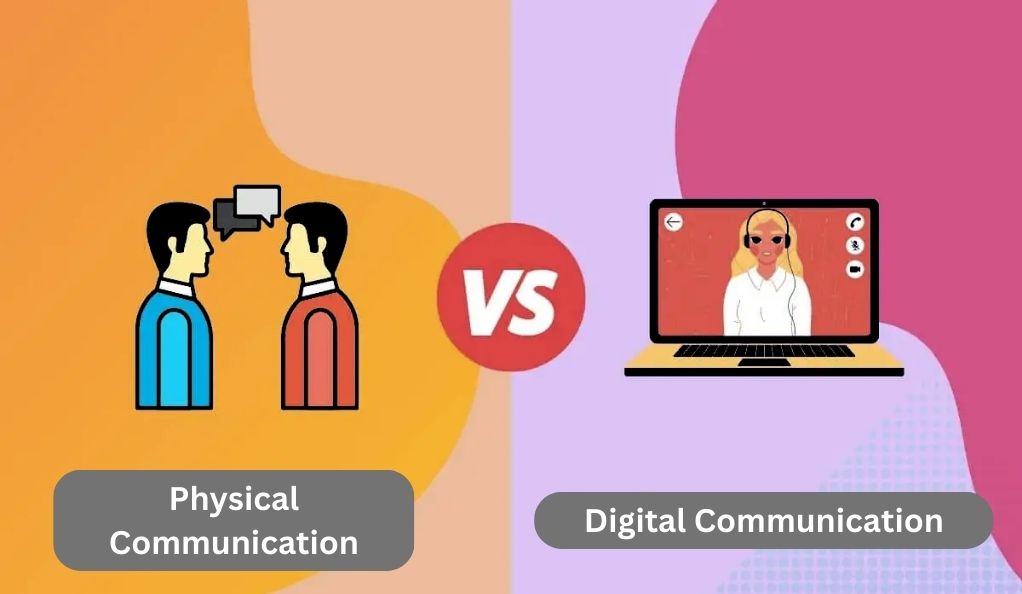
The Age of Social Media
The dawn of the 21st century ushered in an era that would redefine human interaction and connectivity: The Age of Social Media. This period, marked by the meteoric rise of platforms that allowed individuals to share, connect, and express like never before, has had profound implications on society, culture, politics, and business. Social media, in its essence, blurred the lines between the personal and the public, creating a global tapestry of shared experiences, ideas, and emotions.
The Rise of Platforms
Facebook: Connecting the World: Launched in 2004 by Mark Zuckerberg, Facebook started as a college networking site. It quickly expanded, becoming a global phenomenon. With its user-friendly interface and features like the News Feed, Timeline, and Like button, Facebook transformed how people connect, share, and stay informed.
Twitter: The Power of the Tweet: Introduced in 2006, Twitter brought forth the concept of ‘microblogging’. With its 140-character (later expanded) limit, it emphasized brevity and real-time updates. From celebrities to politicians, Twitter became the platform for instant news, opinions, and trends.
Instagram: A Visual Odyssey: Launched in 2010, Instagram capitalized on the power of visual storytelling. With its focus on photos, filters, and later, stories and reels, Instagram became a hub for creativity, branding, and personal expression.
Changing Dynamics of Communication
Personal Expression and Branding: Social media allowed individuals to curate their online personas. Every post, like, share, or tweet became a reflection of one’s identity, interests, and beliefs. Additionally, it gave rise to ‘influencers’ – individuals who leveraged their online presence to shape opinions and trends.
Real-time Updates and Global Movements: From the Arab Spring to the #BlackLivesMatter movement, social media became the epicenter for activism and change. It provided a platform for voices that were often marginalized, enabling grassroots movements to gain global traction.
Professional Networking and Opportunities: Platforms like LinkedIn revolutionized professional communication. Networking, job hunting, and corporate branding shifted to the digital realm, making the professional world more accessible and interconnected.
The Double-edged Sword: While social media democratized information, it also posed challenges. The spread of misinformation, cyberbullying, and the debate over privacy rights became central concerns.
The Impact on Business and Marketing
Digital Marketing and Advertisements: Brands quickly recognized the potential of social media for marketing. Targeted ads, sponsored content, and influencer collaborations became the new norm, offering businesses a direct line to potential consumers.
Customer Engagement and Feedback: Social media provided businesses with real-time feedback. Customers could review products, voice concerns, and interact with brands directly, making businesses more accountable and responsive.
E-commerce Integration: Platforms, especially Instagram and Facebook, integrated shopping features, blurring the lines between social networking and online shopping.
Encrypted Messaging: A New Era of Privacy
In an age where data breaches and surveillance concerns dominate headlines, the need for private, secure communication has never been more paramount. Enter the world of encrypted messaging—a realm where conversations remain confidential, shielded from prying eyes. This era, marked by the rise of applications like Signal, Telegram, and WhatsApp, underscores the growing demand for privacy in an increasingly interconnected digital landscape.

Encrypted Messaging Applications
Signal: The Gold Standard of Privacy: Developed by Whisper Systems and endorsed by privacy advocates like Edward Snowden, Signal is often hailed as the gold standard for encrypted messaging. With its open-source nature and focus on user privacy, Signal ensures that messages are visible only to the sender and recipient, with no access even to the platform itself.
Telegram: Balancing Features with Security: Launched in 2013 by Nikolai and Pavel Durov, Telegram offers a blend of rich features and security. While it provides end-to-end encryption for its “secret chats,” its regular chats are encrypted client-server. Telegram’s channels and large group capabilities have made it popular for various communities and movements.
WhatsApp: Mainstreaming Encrypted Chats: Acquired by Facebook in 2014, WhatsApp is one of the most widely used messaging apps globally. In 2016, it implemented end-to-end encryption for all its chats, calls, photos, and videos, bringing encrypted messaging to its vast user base.
The Importance of End-to-End Encryption in Modern Communication
Shielding Conversations from Eavesdroppers: End-to-end encryption ensures that messages are encrypted on the sender’s device and only decrypted on the recipient’s device. This means that whether it’s hackers, governments, or even the messaging service itself, no third party can access the content of the conversation.
Preserving Privacy in a Digital Age: As more of our personal and professional lives move online, the sanctity of our digital conversations becomes paramount. Encrypted messaging offers a haven for private discussions, be it intimate conversations, business dealings, or sensitive information sharing.
Protection against Data Breaches: With cyberattacks becoming increasingly sophisticated, platforms without robust encryption are vulnerable. Encrypted messaging apps ensure that even in the event of a breach, message content remains inaccessible.
Upholding Freedom of Speech and Activism: In regions where freedom of speech is curtailed, encrypted messaging apps provide a platform for activists, journalists, and dissenters to communicate without fear of reprisal. The encryption shields them from surveillance and potential crackdowns.
The Double-Edged Sword of Encrypted Chats
The digital age, with its myriad advancements, has brought to the fore encrypted chats—a beacon of privacy in an era of rampant data breaches and surveillance. Yet, like many technological innovations, encrypted messaging is a double-edged sword. While it offers unparalleled privacy and protection, it also presents challenges that societies worldwide grapple with. Delving into this duality, we explore the benefits and pitfalls of encrypted chats in modern communication.
The Benefits of Encrypted Chats
Unwavering Privacy: In a world where personal data is often treated as a commodity, encrypted chats offer a sanctuary. Conversations remain confidential, known only to the participants, ensuring that intimate moments, sensitive information, or crucial business dealings are shielded from external eyes.
Robust Security: End-to-end encryption means that messages are encrypted on the sender’s device and decrypted only on the recipient’s end. This robust security measure ensures that hackers, even if they intercept the message, cannot decipher its content.
Freedom from Surveillance: In an age where state surveillance is a growing concern, encrypted chats provide a means for individuals to communicate without the fear of being monitored. For activists, journalists, and whistleblowers, this freedom is not just about privacy—it’s about safety and the right to dissent.
The Challenges of Encrypted Chats
The rise of encrypted chats, while a boon for privacy advocates, has also ushered in a series of challenges that societies globally are grappling with. One of the most pressing issues is the spread of disinformation. The very mechanisms that ensure privacy in these platforms—namely, the inability for external entities to oversee conversations—also create an environment where misinformation can thrive. Without checks, false narratives, baseless rumors, and deliberate hoaxes can spread rampantly, often leading to tangible, sometimes dire, real-world repercussions.
Moreover, the cloak of encryption can, at times, serve as a shield for malicious actors. Encrypted platforms can become havens for terrorists, criminals, and other nefarious entities, enabling them to plan and coordinate illicit activities away from the watchful eyes of law enforcement agencies. This presents a daunting challenge, especially in the realms of national security and crime prevention.
This protective veil of encryption has also ignited legal and ethical debates globally. The perennial struggle between safeguarding individual privacy and ensuring collective security has manifested in numerous legal confrontations. Many governments, citing security concerns, have sought backdoors or direct access to encrypted communications. These demands have sparked intense debates, with privacy advocates questioning the ethical ramifications and potential misuse of such access.
Lastly, while users might feel secure from external surveillance thanks to encryption, there’s an inherent dependency on the platforms themselves. Trust issues emerge, especially when these platforms hold the encryption keys or undergo shifts in ownership and policy changes. Such scenarios raise alarms about the potential compromise of user data, highlighting the intricate balance between convenience, privacy, and trust in the digital age.
Conclusion
The journey of communication, from its rudimentary beginnings to the sophisticated digital platforms of today, is a testament to humanity’s relentless pursuit of connection and understanding. Each era, be it the age of letters, the advent of electronic communication, the digital revolution, or the rise of social media and encrypted chats, reflects our evolving needs, aspirations, and challenges.
In this digital age, where information is at our fingertips and conversations span across continents in mere seconds, we are more connected than ever before. Yet, with these advancements come responsibilities. The double-edged nature of technology, especially encrypted chats, underscores the need for a balanced approach—one that champions privacy and freedom while acknowledging and addressing the inherent challenges.
As we stand at this juncture, looking back at our communication evolution and anticipating future innovations, it’s crucial to remember the core essence of communication: human connection. Technology, in all its glory, is but a tool. It’s how we use it, how we connect, share, and empathize, that will define our collective future.
In the end, the story of communication is not just about technological milestones; it’s about humanity’s age-old desire to share stories, forge bonds, and understand one another. As we move forward, may we harness the power of communication to build bridges, foster understanding, and create a world where every voice is heard and valued.

